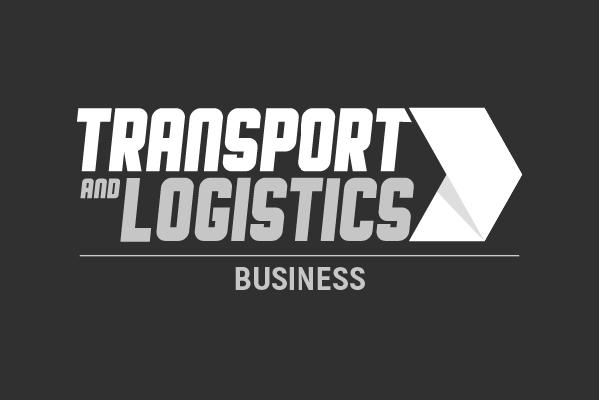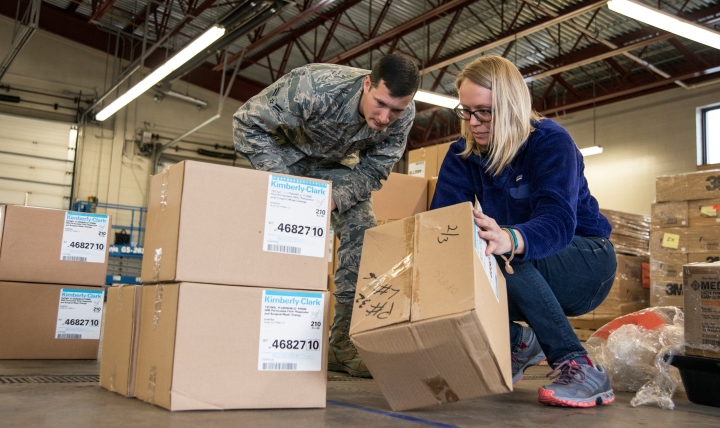As little as two decades ago the landscape looked very different woman in logistics. Warehouses, docks, headquarters, all areas of businesses within this arena were typically very male orientated. Fast forward to today however, and 40% of graduates within logistics are female, showing that there is a strong movement towards a balanced workforce. Yet despite this, the industry is struggling to shrug off its image of a world full of manual tasks completed on the most part by men.
Although changes across the board are gradually helping to eradicate the stigma around STEM careers, interest levels do still prove troubling. For example, less than 20% of parents would encourage their children to work in manufacturing. Perhaps what’s even more concerning, is that only 14% of those with a daughter would encourage their child to work in the sector, compared to 24% of those with a son. This leaves in its wake a bigger problem. While we may be able to encourage some individuals to consider a new career path today, the workforce of tomorrow is already starting to be dissuaded. With this in mind, it’s more important than ever that we showcase the great possibilities careers in this area present and change perceptions.
Away from the factory floor
Supply chains are becoming ever more complex and within this complexity is opportunity. There are now so many more roles available, roles that go beyond the factory floor. The door is open to become involved with any area throughout the supply chain, from within the sourcing teams and warehouse distribution to behind the scenes utilising software and pushing products through the critical path, there are so many options to choose from.
Some wrongly assume that jobs within this industry are just that, jobs, with no career path available to follow. Historically this has looked very bleak for women, with men dominating the managerial roles, but this is no longer the case. Gartner recently reported in its 2018 Women in Supply Chain survey that women accounted for 37% of the total supply chain workforce and 20% of the vice presidents and senior directors, not to mention the middle management levels in between. The report also suggests that companies are really beginning to focus on increasing the number of women in their organisations, with 60% saying they have targeted initiatives to recruit, develop and retain female employees.
Taking a stand
Part of the challenge the industry is facing when it comes to attracting more women to the profession, is the poor levels of visibility of women currently working within the sector. At many industry events the majority of speakers and guests are still male. While the knowledge sharing that comes from these events is invaluable, so to is the existence of diversity. Women who are already working in the industry have a key part to play in closing the gender gap. They need to go to that conference, attend that networking event and interact with the people that are there. It is crucial for women to understand how important their presence is and, most importantly, how they can help to champion other women.
Attending events held by associations such as The Chartered Institute of Logistics and Transport can be also crucial in helping women not only champion the opportunities available, but progressing their own careers. A recent study found that women often benefit from having an inner circle of other female contacts with which they can share experiences of organisational attitudes and strategies. Enabling them to gain a better understanding and advance themselves and their organisations.
Employers need to help their employees take a stand. Driving progress shouldn’t just be internally focused, there needs to also be an external arm. Encouraging women to take time away from their day job to network and represent their companies will only benefit both parties. This supportive culture will help retain current team members and attract new ones, whilst also bringing additional knowledge back into the wider team.
Conclusion
Working within the supply chain presents a lot of opportunities for individuals looking for a dynamic career path. The gender imbalance is starting to level out, but to continue to make progress in this area, the stigma attached to careers in the industry needs to be addressed. It’s one thing to tell individuals about the benefits of this sector, but they also need to be shown. Addressing the current gender gap is a team effort and if everyone fights the battle then the industry will undoubtedly flourish.














